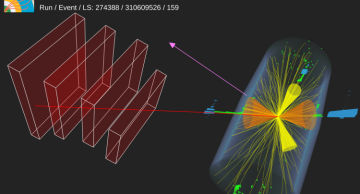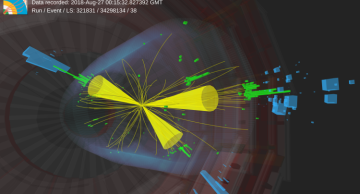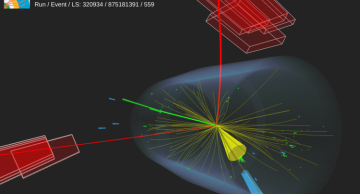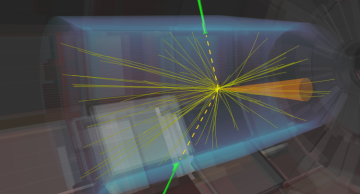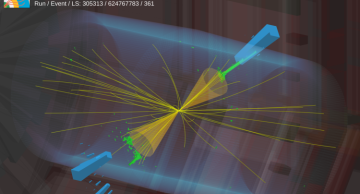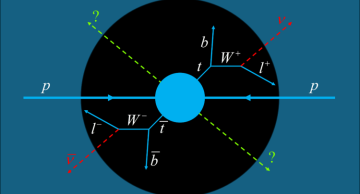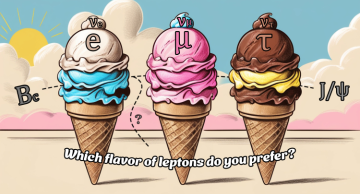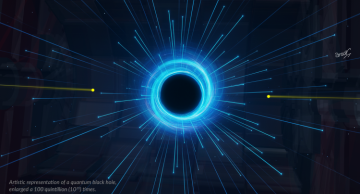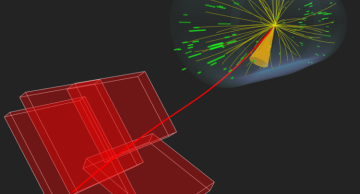A principal goal of the LHC and its high-luminosity upgrade is measuring the Higgs boson interaction with itself. Observing the production of pairs of Higgs bosons is the best way of experimentally establishing this and other Higgs boson…
A particle compatible with the Higgs boson of the standard model (SM) was observed in 2012 by the ATLAS and CMS Collaborations, with a mass of about 125 GeV. Could there be other heavier Higgs bosons, as predicted in some theories trying to…
The 2012 discovery of the Higgs boson at the CERN LHC was a milestone confirmation of the Standard Model, a theoretical framework that describes all the known elementary particles – the fundamental building blocks of our universe – and their…
What do you do when you would like to play the newest computer game on your old computer, but the game is too demanding for your hardware? You own the previous version of the game and it was fun, but over the years it has grown long in the…
Image credit: Jennifer James (Vanderbilt)
Imagine going to an optician to check your vision. You are looking at a series of letters "E" in different orientations. When these letters get smaller and smaller, the horizontal lines in the "E" get closer…
The study of the Higgs boson is one of the main goals of the physics program of the CMS experiment. The data collected up to now at the LHC helped us to refine our understanding of the Higgs mechanism, which is responsible for the generation…
The completion of the standard model (SM) with the discovery of the Higgs boson stands as a resounding success in the world of particle physics. However, significant questions remain unanswered, such as the nature of dark matter (DM), and the…
Top quarks are the heaviest known elementary particles, as heavy as a tungsten atom. In high energy proton proton collisions at the LHC about 10 pairs of a top quark and its antiparticle are produced every second. But they are not here to…
Recent observations from experiments worldwide have reported anomalies in the decays of a bottom quark to a charm quark, a charged lepton (electron, muon, or tau), and the corresponding neutrino. These observations hint at possible deviations…
The CMS experiment utilises cutting-edge machine learning techniques to search for microscopic, quantum black holes and other exotic objects that evaporate in an instant.
Black holes are amongst the most fascinating objects in the universe.…
CMS sees evidence of the Upsilon meson decaying into two tau leptons for the first time at a hadron collider
Beyond our best current understanding of particle physics, encapsulated in the standard model, various theoretical models predict the…
Pagination
- Previous page
- Page 1
- Page 2
- Page 3
- Page 4
- Current page 5
- Next page

